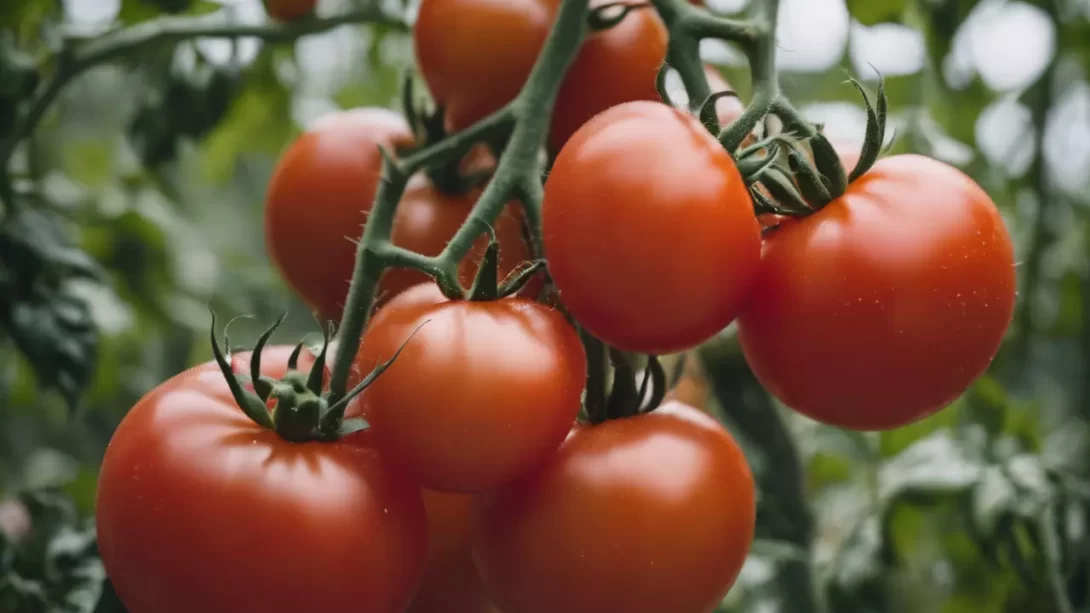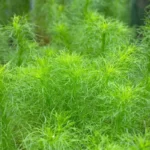Growing tomatoes in Ohio can be a rewarding endeavor, thanks to the state’s generally favorable summer growing conditions. However, understanding the local climate and choosing appropriate tomato varieties are crucial for a successful harvest. This guide provides essential information for Ohio gardeners looking to cultivate delicious tomatoes in their backyard.
Given Ohio’s varied climate, selecting tomato varieties that thrive in its specific growing conditions is essential. From small cherry tomatoes to large beefsteaks, the range of varieties available allows gardeners to experiment and find the best fit for their garden.
Ohio’s Climate and Growing Seasons
Ohio’s climate can be broadly categorized into several climatic zones, each with its own unique growing conditions. The state experiences a range of weather patterns, with colder winters and warm, humid summers. These climatic variations significantly influence the gardening calendar, particularly the planting and harvesting times for tomatoes.
A critical aspect of planting tomatoes in Ohio is understanding the local frost dates. The last spring frost date indicates when it’s safe to plant tomatoes without the risk of cold damage, while the first fall frost date gives an idea of how long the growing season will be.
Selecting the Right Tomato Varieties for Ohio
Choosing the right tomato varieties is key to gardening success in Ohio. Varieties that are suited to Ohio’s climate and have a shorter growing season are often the best choices. Gardeners can choose between determinate varieties, which grow to a fixed height and produce a single harvest, and indeterminate varieties, which continue to grow and produce fruit throughout the season.
Some popular varieties for Ohio include ‘Early Girl’ and ‘Better Boy’ for their shorter maturation period and ‘Roma’ or ‘San Marzano’ for those looking to make sauces and pastes. Heirloom varieties can also be a good choice, offering unique flavors and colors.
Preparing for Tomato Planting
Proper soil preparation is crucial for growing healthy tomato plants. The soil should be well-draining, rich in organic matter, and have a pH between 6.0 and 6.8. Incorporating compost or a balanced fertilizer into the soil can provide the necessary nutrients for growth.
Tomatoes require plenty of sunlight, so choosing a planting location that receives at least 6 to 8 hours of direct sunlight per day is essential. Adequate spacing between plants is also important to ensure good air circulation and reduce the risk of disease.
Optimal Planting Times for Tomatoes in Ohio
Timing is a critical factor in planting tomatoes in Ohio. The general rule is to plant tomatoes outdoors after the danger of the last spring frost has passed. In Ohio, this typically means planting can occur from late May to early June, depending on the specific region. Gardeners should consult local frost date calendars to determine the safest planting time for their area.
It’s also beneficial to monitor the weather forecasts around the intended planting time, as Ohio’s weather can be unpredictable. A late cold snap can damage or kill young tomato plants, so being prepared to cover them or delay planting is wise.
Starting Tomatoes Indoors
For a head start on the growing season, many Ohio gardeners choose to start their tomato seeds indoors. This is usually done 6 to 8 weeks before the expected last frost date. Here’s a simple guide to starting tomatoes indoors:
- Seed Selection: Choose your desired tomato varieties and purchase high-quality seeds.
- Planting Medium: Use a sterile seed-starting mix in clean containers or trays.
- Sowing Seeds: Plant seeds about 1/4 inch deep and water gently. Keep the soil moist but not waterlogged.
- Light and Temperature: Provide the seedlings with plenty of light, either from a sunny window or grow lights. Maintain a consistent temperature, ideally around 65°F to 75°F.
- Transplanting to Larger Containers: Once seedlings have a few true leaves, transplant them into larger pots to encourage root growth.
Transplanting Tomato Seedlings
Once the outdoor conditions are right and the seedlings are strong enough, it’s time to transplant them into the garden. Before transplanting, the plants should be hardened off to acclimate them to outdoor conditions. This process involves gradually exposing the plants to outside temperatures and sunlight over a week.
When transplanting:
- Choose a Cloudy Day: Overcast conditions can help reduce transplant shock.
- Proper Spacing: Plant tomatoes about 2 to 3 feet apart to allow for growth and air circulation.
- Planting Depth: Plant tomatoes deeper than they were in the pot to encourage strong root development. Some gardeners plant up to the first set of leaves.
- Watering: Water the plants well after transplanting to settle the soil around the roots.
Ongoing Care and Maintenance
After transplanting, consistent care is crucial for healthy growth and a bountiful tomato harvest. Here are some key maintenance tips for tomato plants in Ohio:
- Watering: Tomatoes require regular, consistent watering, especially during dry spells. Aim for at least 1 inch of water per week. Watering in the morning at the base of the plant helps prevent fungal diseases.
- Mulching: Apply a layer of mulch around the base of the plants to retain soil moisture, regulate soil temperature, and suppress weeds.
- Staking or Caging: Support your tomato plants with stakes or cages to keep them upright and promote healthy air circulation. This also helps in keeping the fruit off the ground, reducing the risk of disease and pest infestation.
- Pruning: For indeterminate varieties, remove the lower leaves and suckers to encourage better fruiting and air circulation. Pruning is less necessary for determinate varieties.
Monitoring and Protecting Plants
Regularly check your tomato plants for signs of pests and diseases, which are common in Ohio’s humid climate. Common issues include tomato hornworms, aphids, and blights. Employ appropriate organic or chemical controls as needed, always following the product’s instructions.
- Pest Control: Handpick larger pests like hornworms and use insecticidal soaps or neem oil for smaller pests.
- Disease Prevention: Rotate your tomato crops each year to prevent soil-borne diseases. Avoid overhead watering to keep the foliage dry.
Harvesting Tomatoes
Tomatoes are typically ready for harvest in Ohio from late July through September. Pick tomatoes when they are fully colored and slightly soft to the touch. Regular harvesting encourages the plant to produce more fruit.
Conclusion
Planting tomatoes in Ohio can be a delightful and rewarding gardening activity. By understanding the local climate, selecting suitable varieties, and providing the right care, you can enjoy a plentiful harvest of fresh, tasty tomatoes. Whether you’re a seasoned gardener or a beginner, the process of growing tomatoes offers an opportunity to connect with nature and enjoy the fruits of your labor. Remember, each growing season is a learning experience, so don’t hesitate to experiment and refine your gardening techniques.



